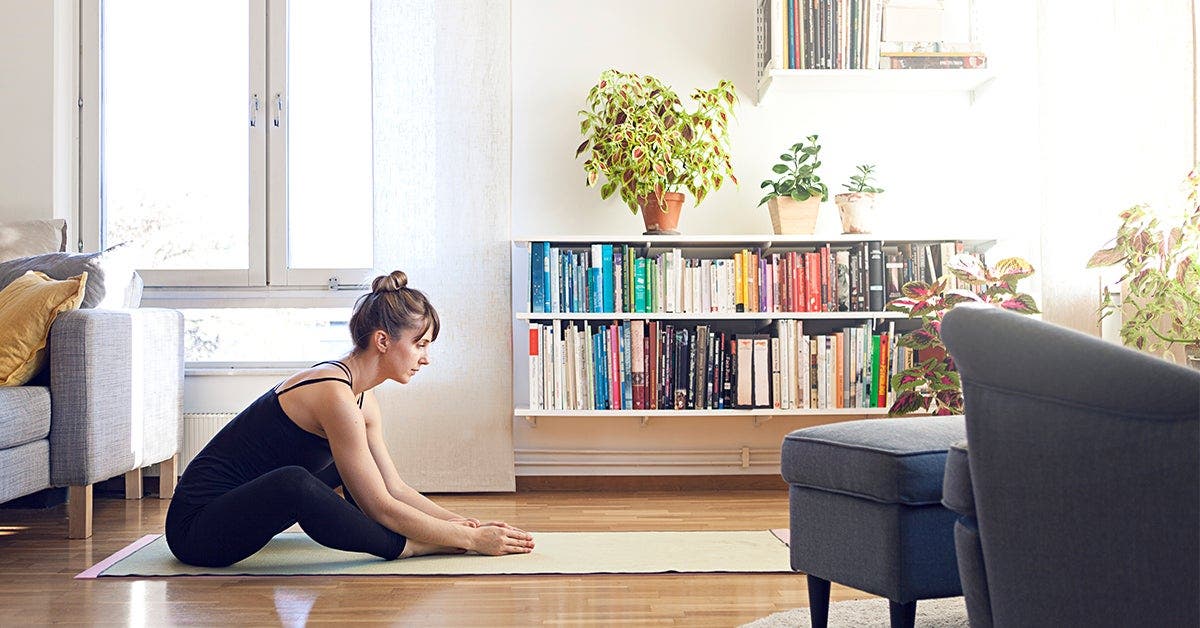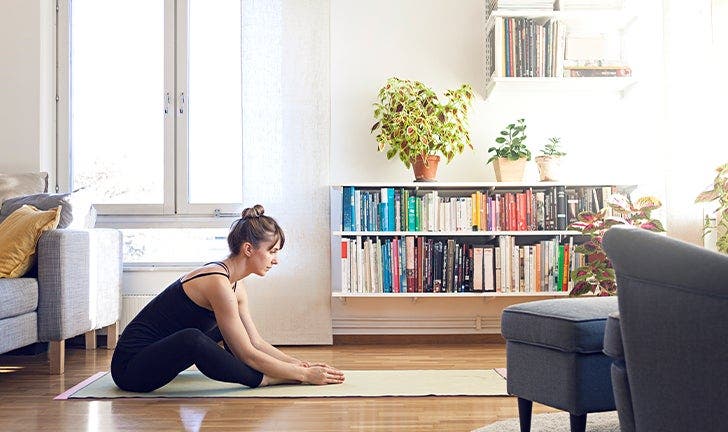

If you’re looking for a way to destress and bring a little more mindfulness into your life, yoga may be the answer.
“There are loads of benefits to a regular yoga practice, mostly when it’s done with a sense of ease, and allowing yourself the space to be and feel like you when you practise,” says Tara Stiles, yoga expert and author of Clean Mind, Clean Body: A 28-Day Plan for Physical, Mental, and Spiritual Self-Care.
Stress reduction and improved overall well-being are two of the big benefits of yoga practice, she adds. And on top of that, the simple act of taking some time for yourself can have a positive ripple effect on the rest of your life.
“When you form a regular habit of taking care of yourself with yoga, whether it’s 10 minutes or more, that habit sets you in the mood to take better care of yourself for the whole day. I really see the ripple effects of that self care as a major benefit.”
Other benefits include potential positive effects on gut health, focus, productivity, compassion, a healthy balance of strength and mobility, and improved energy levels, Stiles says.
Yoga can also be used as a kind of moving meditation.
“When you focus on moving well, softening your whole self and heading toward progress when you practise yoga, that approach will automatically seep into your life,” Stiles say. “If you find yourself stiff and tense while standing in line or working, you can use the practice of softening your whole self, watch your big breaths move you and notice how you feel. Instead of getting caught up in reacting and defence mode, we shift into a state of feeling better, more connected and more like ourselves. These little yoga breaks can be a game-changer when it comes to noticing stress taking over.”
For anyone who considers themselves a yoga beginner, or who is afraid to even try because it looks too advanced, relax. Whatever experience or fitness level you’re at, yoga is for you.
“If you can breathe, you can practise yoga. If you can’t touch your toes or bend your knees, you can practise yoga,” says Stiles. “If you are new to yoga, this is an awesome opportunity for you to begin a better connection with yourself. When you treat yoga like a conversation with yourself, it’s always exciting.”
An easy way to get started, she says, is to crawl down to the ground, or sit comfortably on a chair.
“Soften your whole self. Notice your breaths getting bigger and fuller naturally. Allow yourself to move from your centre. If a movement hurts, adjust yourself and back away. Yoga shouldn’t be painful. The pose isn’t the goal, getting connected to yourself is.”
Don’t worry about the challenging poses you see other people doing on social media, just do what feels right for you.
“With yoga, it’s easy to feel like you’re not enough. Whether those feelings are coming from the inside or the outside, seeing pictures of people in challenging poses, or struggling in a practice,” Stiles says. “You are the most important ingredient in all you do. That’s true for yoga also. Always check back in with yourself to make sure you are feeling good and feeling like you. You feeling good in yoga is essential to your progress. The goal of yoga isn’t to be good at yoga poses, it’s to feel better, move towards well-being, and connect with yourself. From here, anything is possible.”
